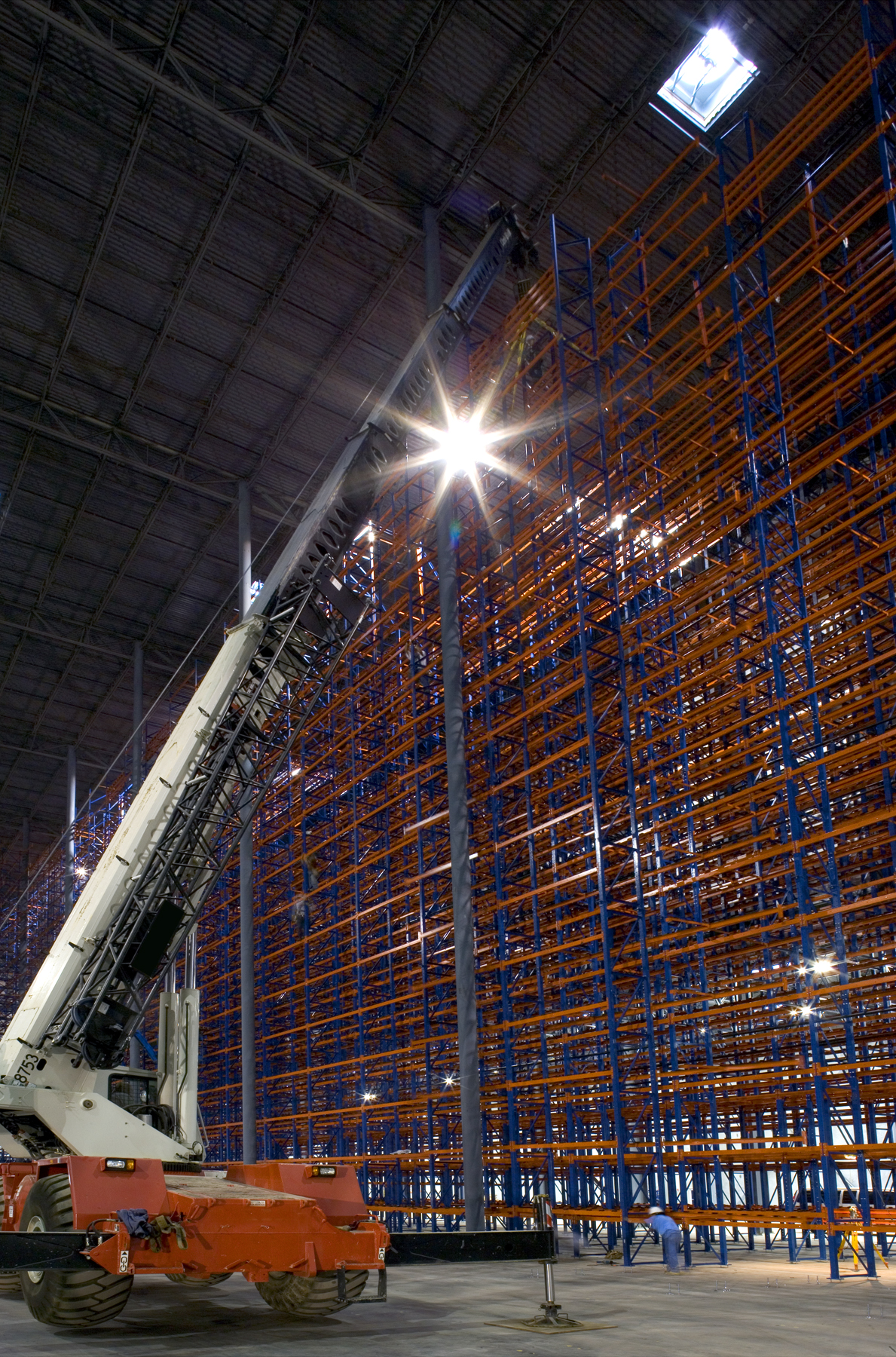Innovation to Lead the Construction Industry in 2022
Gray’s Chief Operating Officer Patrick McCowan was recently featured by The American Society of Mechanical Engineers (ASME) to discuss the new year’s trends and opportunities for the construction industry.

Some of these changes are part of gradual transformations within the industry, such as increased digitalization, use of robotics, and responses to labor shortages. Others, like the development of new construction materials or using AI and wearable technology, represent a gravitation toward alternative solutions to longstanding challenges.
Tech Drives Transition
As with many industries, the rapid pace at which technology has changed communications, planning, equipment, and logistics has served as a driving force for establishing new construction standards and practices. Building information modeling (BIM), automation, and modularization open a vast realm of possibilities for project design and execution, which in turn requires a workforce with modern skills.
“The skills gap is very real in the construction industry,” said McCowan. “This struggle is challenging companies to increase their agility and innovation in hiring and training workers.”
Of course, implementing new tech simply for the sake of new tech is more likely to introduce challenges than overcome them. But adopting new technology as part of a focused business strategy and putting it to a specific purpose can yield major benefits. Emerging tech within the industry often serves one or more of three key goals: risk reduction, cost reduction, and improved communication.
“A growing trend is the use of collaboration technology to connect site and office teams,” said McCowan. “From quality audits to smart construction software, processes are trending toward digital jobsites.”

Service Is Supreme
Even more important to a construction firm than adopting new technologies is the continuous work of enhancing the business’s service platform. Through innovation and acquisition, Gray has refined its service capabilities to meet customers’ demands for expert solutions that increase operational efficiency and quality. This has improved relationships with longtime customers as well as opened opportunities in new markets.
“We have adapted the traditional design-build model to include a robust scope of services that extends well beyond traditional design and construction, such as process and packaging engineering, controls integration, automation, and even equipment prefabrication,” said McCowan.
For more construction trends for 2022, read the full article from ASME. To gain more insight into how Gray is putting construction trends into place, check out our projects.
Related News & Insights
A Career Built on Variety and Challenge: Greg Jones’ Story
Stories
November 24, 2025Data Centers
Meeting Workforce Challenges in a Rapidly Expanding Data Center Market
Industry
November 17, 2025Gray Honors the Legacy of Howard Gray, Visionary Leader and Builder of People
Corporate News
November 07, 2025